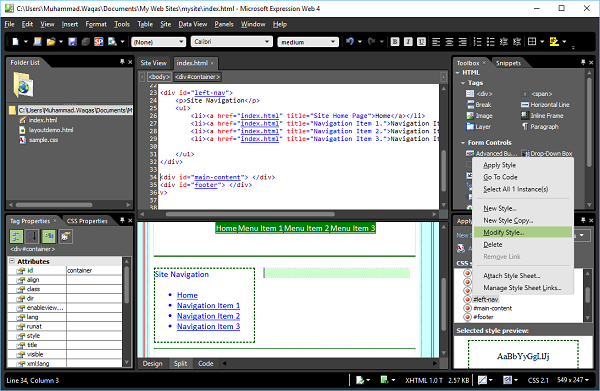

The neurobiology of this complex illness is not well understood. Schizophrenia, a severe psychiatric illness involving hallucinations, delusions and disorganized thinking, is one of the greatest causes of disability worldwide, affecting about 1% of the world’s population. In antipsychotic-naïve FES, clinically relevant biophysical abnormalities detected by MTI mainly in the left parieto-occipital regions are informative about local brain pathology, and have potential as diagnostic markers. Whole-brain MTR maps identified individuals with FES with overall accuracy 75.5% (219 of 290 individuals) based on SVM approach. Compared with HCs, individuals with FES exhibited higher MTR values in left thalamus, precuneus, cuneus, and paracentral lobule, that were positively correlated with schizophrenia symptom severity. Model performance was examined using a 10-fold stratified cross-validation.

Exploratory analyses using a support vector machine (SVM) classifier were conducted to discriminate FES from HCs using MTR maps. Relationships of these differences to symptom severity were assessed using partial correlations. Voxelwise analysis was performed to test for MTR differences with family-wise error corrections. A total of 143 individuals with antipsychotic-naïve FES and 147 healthy controls (HCs) were included and underwent 3.0 T brain MTI between August 2005 and July 2014. This study aims to identify brain magnetization transfer ratio (MTR) changes in antipsychotic-naïve first-episode schizophrenia (FES), and to correlate MTR findings with clinical symptom severity. Magnetization transfer imaging (MTI) may provide more sensitivity and mechanistic understanding of neuropathological changes associated with schizophrenia than volumetric MRI.


 0 kommentar(er)
0 kommentar(er)
